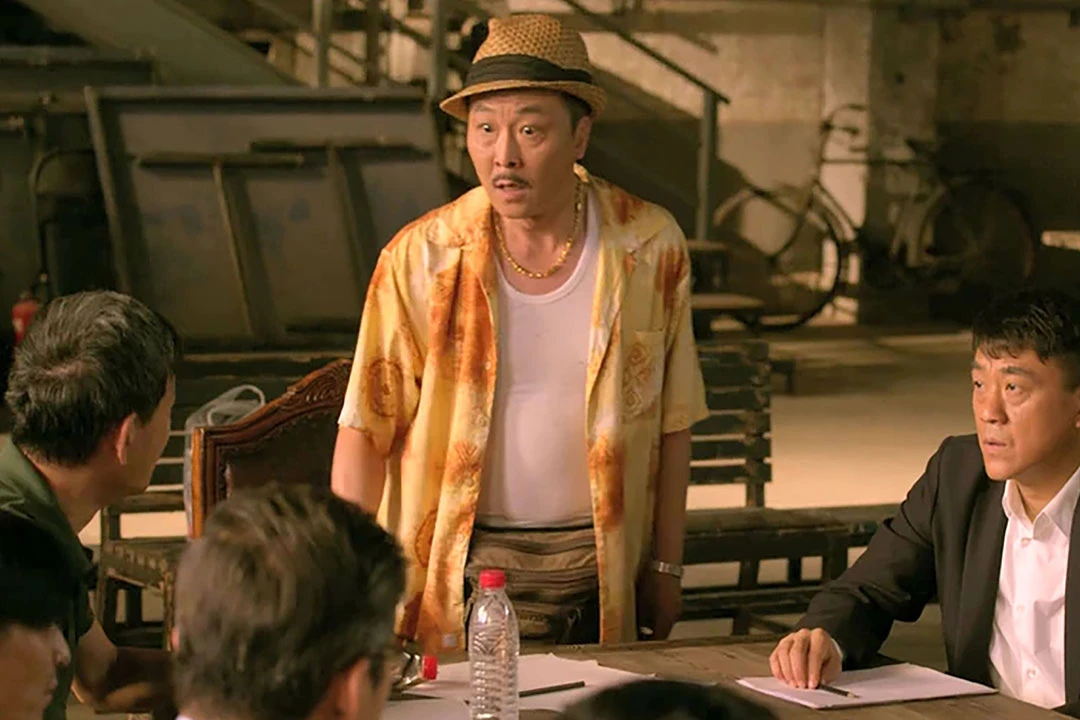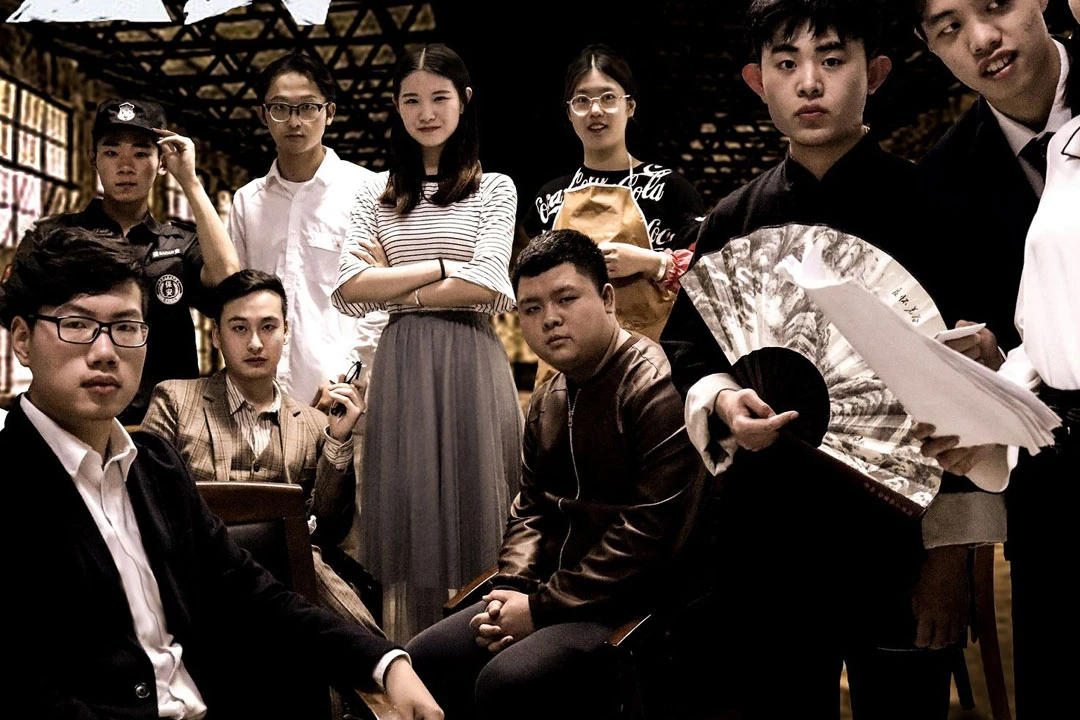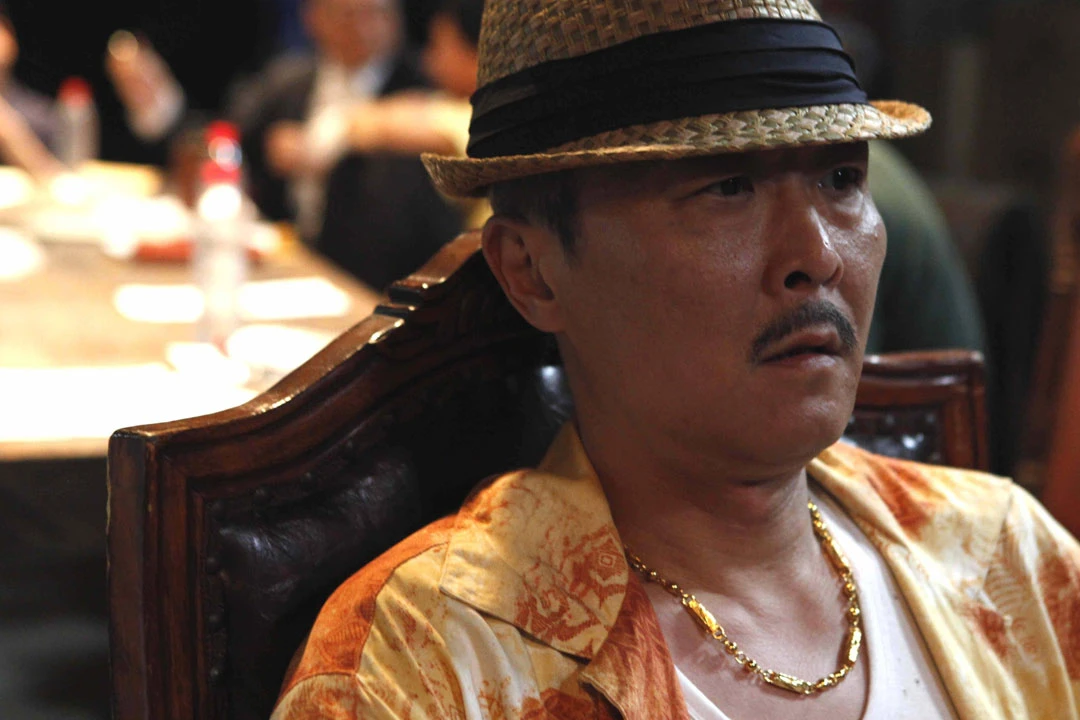In the realm of Chinese cinema, certain films emerge as powerful catalysts for social discourse and artistic appreciation. One such remarkable work has captivated audiences with its intense exploration of truth, justice, and the complexities of human nature. Set against the backdrop of a mock trial, this film weaves a tapestry of compelling performances and thought-provoking dialogue, offering a fresh perspective on the courtroom drama genre within a distinctly Chinese context.
Justice in the Balance: Unveiling Truth Through Dialogue
At the heart of this cinematic gem lies a deceptively simple premise: twelve citizens gathered to deliberate on a case. However, as the story unfolds, it becomes clear that this is far more than a mere legal proceeding. The film transforms into a microcosm of Chinese society, with each juror representing different facets of the nation's diverse population.
The strength of the film lies in its exceptional ensemble cast. Twelve actors, each a master of their craft, breathe life into characters that are as complex as they are compelling. Their performances create a palpable tension that permeates every scene, keeping viewers on the edge of their seats as arguments unfold and alliances shift.
Through the interactions of these twelve individuals, the film delves deep into the nature of truth and the pursuit of justice. As each character brings their own biases, experiences, and worldviews to the deliberation, we witness the challenges of achieving consensus in a society marked by rapid change and diverse perspectives.
The dialogue, skillfully adapted for a Chinese audience, crackles with authenticity and relevance. Colloquialisms and cultural references are seamlessly woven into the fabric of the discussions, grounding the universal themes of the story in a specifically Chinese context. This localization extends beyond mere language, encompassing the nuanced portrayal of characters from different regions and generations of China.
As the deliberations progress, the film peels back layers of prejudice, assumption, and hasty judgment, revealing the complex interplay between personal experience and societal norms in shaping our perceptions of truth and justice. It challenges viewers to examine their own biases and the ways in which they arrive at conclusions, particularly in matters of life-altering importance.
From Stage to Screen: A Director's Triumph in Cinematic Adaptation
What makes this film particularly noteworthy is its origin and execution. Adapted from a stage play, it marks the cinematic debut of a theater director venturing into the world of film. This transition from stage to screen is no small feat, yet the result is a testament to the director's vision and adaptability.
While the Twelve Citizens's (十二公民) theatrical roots are evident in its focus on dialogue and character interaction, it successfully avoids the pitfall of feeling stage-bound. The camera becomes an active participant in the storytelling, its movements and framing adding layers of meaning to the verbal exchanges. Close-ups capture minute changes in expression, while wider shots emphasize the group dynamics at play, creating a visual language that enhances rather than merely records the performances.
The director's background in theater shines through in the meticulous blocking and timing of scenes. Each movement, each pause, is choreographed to maximize dramatic impact, creating a rhythm that keeps the audience engaged despite the confined setting. This attention to detail transforms what could have been a static talking-heads scenario into a dynamic and visually compelling narrative.
While comparisons to the original work are inevitable, this adaptation stands on its own merits. It may not surpass its predecessor in every aspect, but it succeeds in translating the core themes and tensions into a form that resonates with contemporary Chinese audiences. The film's ability to balance fidelity to its source material with innovation in its execution is a remarkable achievement for a first-time film director.
Perhaps one of the most striking aspects of the film is its ending. Eschewing melodrama in favor of a powerful yet restrained conclusion, it leaves viewers with much to ponder. This approach adds a layer of sophistication to the film, respecting the audience's intelligence and inviting them to draw their own conclusions about the issues raised.
This Chinese courtroom drama stands as a shining example of the power of ensemble acting and thoughtful adaptation. Through its exploration of truth, justice, and human nature, it offers a mirror to contemporary Chinese society while touching on universal themes that resonate across cultures.
The film's success lies not just in its compelling narrative or outstanding performances, but in its ability to spark dialogue and reflection. It challenges viewers to consider the complexities of judgment, the fallibility of perception, and the importance of thorough deliberation in matters of justice.
Works like this serve as powerful ambassadors of the nation's artistic capabilities. They demonstrate that Chinese filmmakers can tackle universal themes with nuance and depth while maintaining a distinct cultural identity.
Ultimately, this film reminds us of the enduring power of storytelling to illuminate the human condition. In a world often divided by misunderstanding and hasty judgment, it stands as a testament to the importance of dialogue, empathy, and the relentless pursuit of truth, no matter how uncomfortable or inconvenient it may be.




This one looks interesting